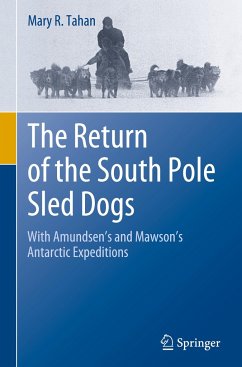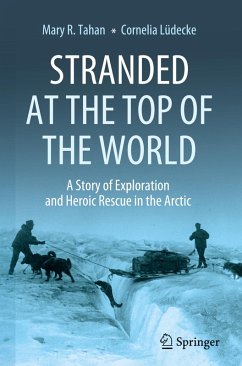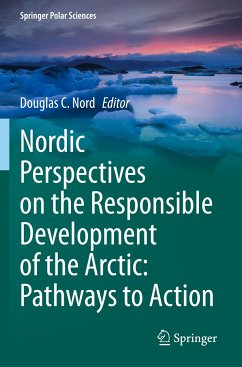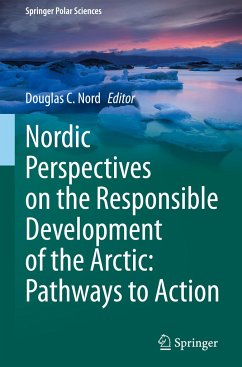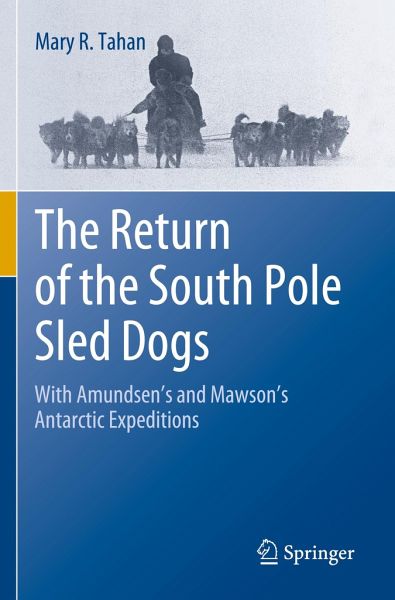
The Return of the South Pole Sled Dogs
With Amundsen's and Mawson's Antarctic Expeditions
Versandkostenfrei!
Versandfertig in 6-10 Tagen
37,44 €
inkl. MwSt.
Weitere Ausgaben:

PAYBACK Punkte
0 °P sammeln!
This book documents the return of the surviving sled dogs of the Norwegian Antarctic Expedition of 1910-1912 from Antarctica, where they had helped Roald Amundsen become the first human to reach the South Pole. This book is the sequel to the highly acclaimed Roald Amundsen's Sled Dogs: The Sledge Dogs Who Helped Discover the South Pole. It chronicles how the sled dogs were used internationally to further promote the expedition's great achievement and follows some of the dogs as they undertake subsequent expeditions - with Douglas Mawson's Australasian Antarctic Expedition of 1911-1914, which m...
This book documents the return of the surviving sled dogs of the Norwegian Antarctic Expedition of 1910-1912 from Antarctica, where they had helped Roald Amundsen become the first human to reach the South Pole. This book is the sequel to the highly acclaimed Roald Amundsen's Sled Dogs: The Sledge Dogs Who Helped Discover the South Pole. It chronicles how the sled dogs were used internationally to further promote the expedition's great achievement and follows some of the dogs as they undertake subsequent expeditions - with Douglas Mawson's Australasian Antarctic Expedition of 1911-1914, which made scientific discoveries, and with Arve Staxrud's Norwegian Arctic Rescue Mission of 1913, which saved members of the Herbert Schröder-Stranz German Arctic Expedition. The book tracks the remaining 39 sled dogs to their next challenging adventures and their final destinations in Argentina, Norway, Antarctica, and Australia.
Like its predecessor, the book portrays how Amundsen continued to utilize the Polar dogs - both in their lives and in their deaths - to propel his career and solidify his expedition's image.
Like its predecessor, the book portrays how Amundsen continued to utilize the Polar dogs - both in their lives and in their deaths - to propel his career and solidify his expedition's image.



